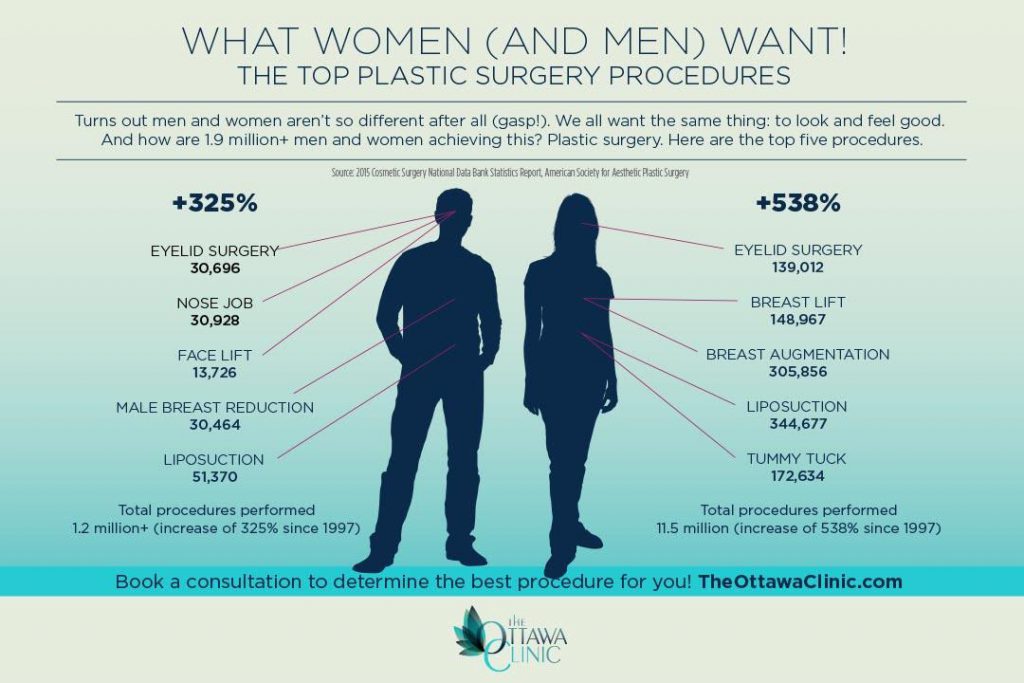How Long Does Acne Last
How Long Does Acne Last
Blog Article
Hormone Acne - What is Hormonal Acne?
Hormonal acne is characterized by blocked pores and oily skin that usually appears on the chin and jawline. It takes place when hormone modifications trigger swelling and microbial overgrowth within hair follicles.
Breakouts may look like whiteheads, blackheads, papules or pustules and cysts or blemishes in much more extreme instances. It is more common in teens undergoing adolescence however can influence grownups of any kind of age.
What Creates Hormone Acne?
While acne can be caused by a variety of factors, including using hair and skin care products that aren't oil-free or made with components that might block pores, hereditary tendency, diet plan,2 and anxiety, the source is changing hormonal agents. Hormone acne happens when the body experiences hormone modifications and variations that cause an overflow of sebum, which creates swelling, boosted development of germs and modifications in skin cell task.
Hormone acne is typically discovered on the reduced jawline, cheeks and neck however can appear anywhere on the body. It is characterized by blemishes that are cystic, uncomfortable and full of pus or other material. It is also more likely to occur in women than males, specifically during puberty, the menstrual cycle, maternity or menopause.
Age
While several children experience acne at some time throughout adolescence, it can continue to afflict adults well into the adult years. Called hormone acne, this type of breakout is tied to fluctuations in hormonal agents and is commonly most typical in ladies.
Hormonal acne occurs when oil glands produce way too much sebum, which obstructs pores and catches dead skin cells. This results in the formation of blemishes, such as whiteheads, blackheads and papules, pustules, cysts or blemishes, deep under the surface.
This type of blemish usually creates discomfort, inflammation and inflammation. It might additionally be cyclical and appear around the same time every month, such as right before your period begins. This is due to the fact that levels of female hormonal agents like progesterone and oestrogen change with each menstrual cycle.
Menstrual Cycle
Hormone acne normally appears in the lower part of your face, along the jawline and cheeks, as whiteheads, blackheads or inflammatory acnes (acnes and cysts). It's probably to appear around the time when your menstruation adjustments.
Particularly around ovulation, when estrogen and progesterone levels get on the increase, hormone variations can trigger breakouts. Yet it's likewise possible to obtain acne at any type of point throughout your 28-day menstruation.
If you discover that your hormone acne flare right before your duration, try noticing when specifically this happens and see if it connects to the stages of your 28-day menstrual cycle. This will certainly assist you pinpoint the origin of your skin difficulties. As an example, you might want to work with stabilizing your blood sugar and removing high-sugar foods, or think about a prescription medication like spironolactone that can control your hormones.
Maternity
Growing a child is a time of remarkable hormonal modifications. For numerous females, this includes a flare-up of hormone acne. This type of outbreak usually begins in the very first trimester, around week six. It's brought on by hormone rises that stimulate sweat glands to make more oil, which can obstruct pores and trigger even more germs to accumulate.
Breakouts may likewise occur as a result of pre-existing problems like polycystic ovary syndrome, which can likewise be an issue while pregnant and menopause. Also, some kinds of birth control pills (such as Ortho Tri-Cyclen and YAZ) can activate hormonal acne in some females.
Fortunately, most acne therapies are "no-go" for expectant ladies (consisting of prominent acne-fighting active ingredients such as isotretinoin and spironolactone). However if you can not prevent those aggravating bumps, your physician might recommend dental erythromycin or cephalexin, which are safe while pregnant.
Menopause
As women come close to menopause, the estrogen degrees that triggered their hormonal agent acne to flare up throughout puberty start to stabilize and reduce. At the same time, nonetheless, a spike in androgens (likewise called male hormones) takes place because these hormonal agents can't be converted into estrogen as properly as previously.
The unwanted of androgens can trigger oil manufacturing by the sweat glands, which blocks pores. When the clogged up pores come to be irritated and aggravated, an acne forms.
Hormone acne is typically seen on the face, especially around the chin and jawline, yet it can occur on website the neck, back, shoulders, or upper body. This kind of acne often tends to flare up in an intermittent pattern, similar to the menstruation. Tension, which boosts cortisol and tosses hormones out of equilibrium, also contributes to the outbreaks.